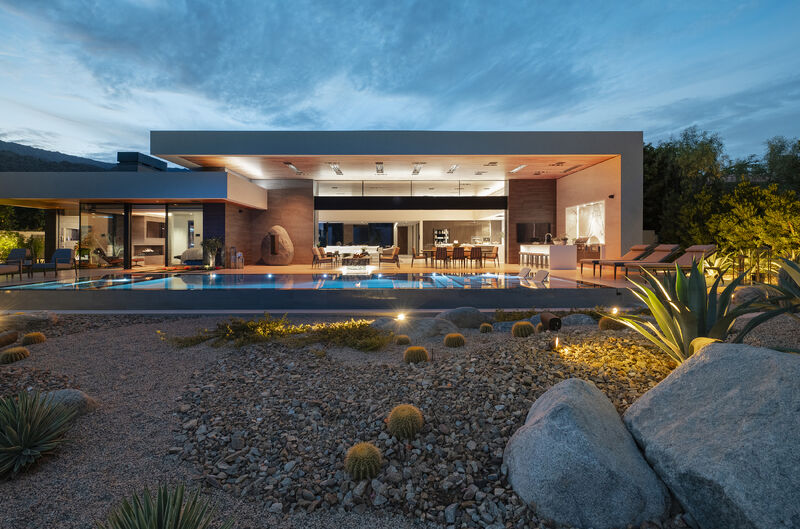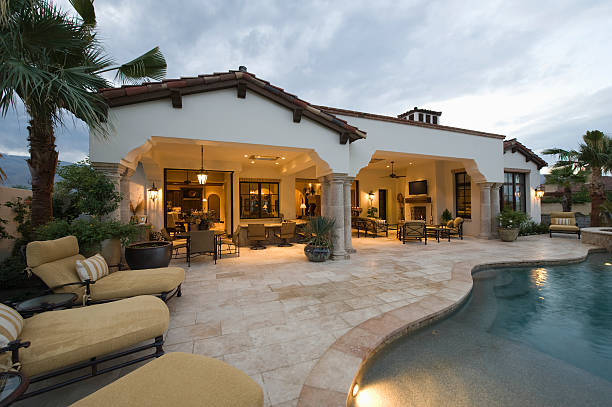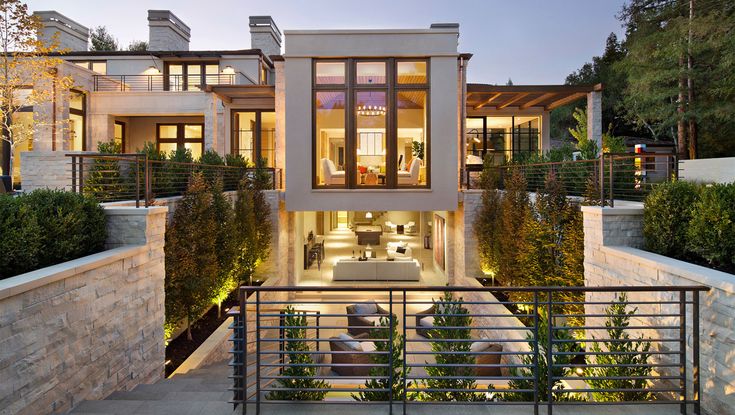In California's most exclusive neighborhoods – from Malibu to Beverly Hills and Pacific Palisades – the meaning of Luxury renovation continues to develop. Today's luxury homeowners aren't looking for trends or extravagant embellishments. They strive for architectural integrity, sustainable performance and homes that reflect a sophisticated lifestyle through design precision.
Modern renovation projects often start not with a contractor but with an architect – someone who understands structure, proportion and long-term value. That's why architectural firms that specialize in high-end residential projects are increasingly setting the standard for luxury remodels across California. Their design-led approach combines creative vision with technical rigor, ensuring every detail – from layout to lighting – is consistent with the home's architectural DNA.
The shift from cosmetic improvements to architectural renovation
Upscale homeowners used to equate renovation with aesthetic refresh: new finishes, imported materials, updated kitchens. But the new generation of property owners in California are more design-conscious – they expect it functional architecture This improves comfort, energy efficiency and the connection of the home with its surroundings.
Architectural transformation begins with spatial intelligence. Instead of adding new finishes to outdated floor plans, architects are rethinking circulation patterns, optimizing daylighting and redesigning the flow of space. This architectural mindset makes a standard remodel a long-term investment in value, comfort and sustainability.
Key elements of modern luxury renovation
1. Optimization of the architectural layout
Luxury doesn’t require excessive space – it requires efficiency and grace. Revamping the floor plan to eliminate wasted hallways or dark corners can completely redefine a home. Open yet zoned living spaces, discreet transitions and framed views all contribute to the architectural sophistication.
2. Structural and energetic performance
Because California building codes emphasize resiliency and sustainability, sophisticated renovations often incorporate earthquake-resistant upgrades, energy-efficient building envelopes, and smart building systems. A holistic architectural plan allows these elements to coexist seamlessly rather than as add-ons.
3. Materials and details
True luxury is revealed in the honesty of the material – natural stone, brushed metal, white oak or Venetian plaster. Architects ensure that these materials are not only decorative but also vital to the performance and longevity of the building.
4. Connection to the website
California's climate and topography require that homes respond to light, views and landscape. Architectural remodels often include new glazing systems, patio redesigns, or patio extensions that blur the line between indoor and outdoor living.

Why collaboration is important in luxury renovations
High-end remodels are inherently complex and require civil engineers, interior designers, builders and city officials. Without architectural leadership, projects are at risk of fragmentation and costly miscommunication.
For this reason, many homeowners today start with an architect rather than one. Teams led by Ataman Studio oversee the entire process – from early feasibility studies to permit-ready documentation and construction supervision.
Architectural management also means meeting California's stringent zoning, fire safety and energy efficiency requirements – a critical level for luxury homeowners investing in longevity and compliance.
Combine sustainability with luxury
California has become a testing ground for high-end sustainability. Fire-resistant materials, photovoltaic roofs, passive cooling systems and water-efficient landscaping are now an essential part of architectural luxury. Not only are these features consistent with the state's progressive regulations, but they also increase long-term property value.
The most advanced renovations combine environmental consciousness with modern aesthetics – homes that look as sophisticated as they function. Sun protection can serve as a sculptural facade; Sustainable materials can achieve a tactile richness comparable to traditional luxury surfaces.

The economics of high-quality architectural renovations
A luxury renovation is as much a financial strategy as it is a lifestyle choice. Architectural conversions in premium markets such as Los Angeles, Santa Barbara and Silicon Valley have been shown to produce some of the highest returns.
-
Retention of value: Architect-designed homes tend to appreciate in value more quickly due to consistent design and adherence to modern standards.
-
Longevity: A structurally and ecologically optimized home requires less maintenance and stays relevant longer.
-
Resale complaint: Buyers recognize the difference between superficial updates and architect-led redesigns – and are willing to pay for them.
Looking ahead: Architecture as a new benchmark for luxury
As the California real estate market matures, luxury is increasingly measured against it Design intelligencenot opulence. Architectural transformations represent a more nuanced understanding of what it means to live well – a balance between comfort, performance and timeless aesthetics.
For discerning homeowners, the message is clear: the future of luxury is not about having more, but about better design.
